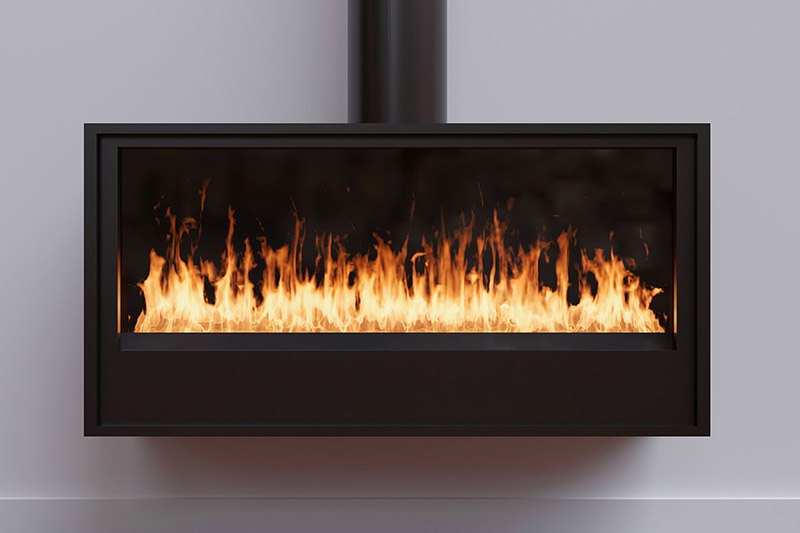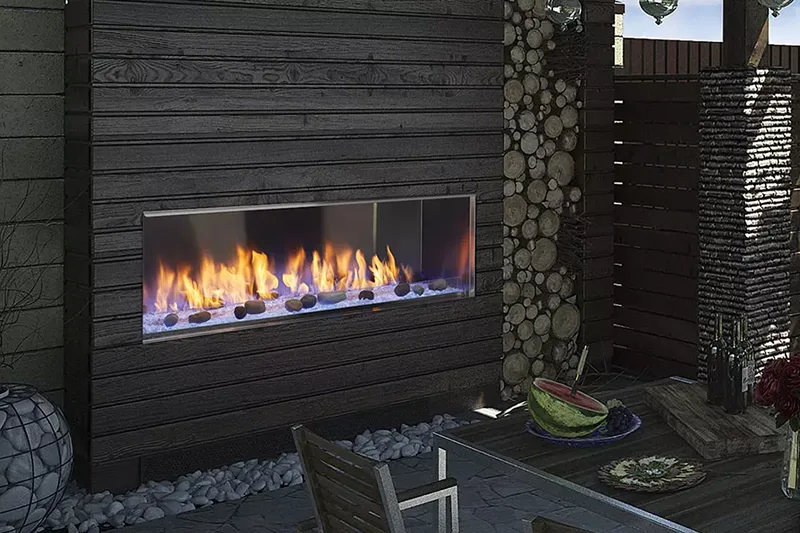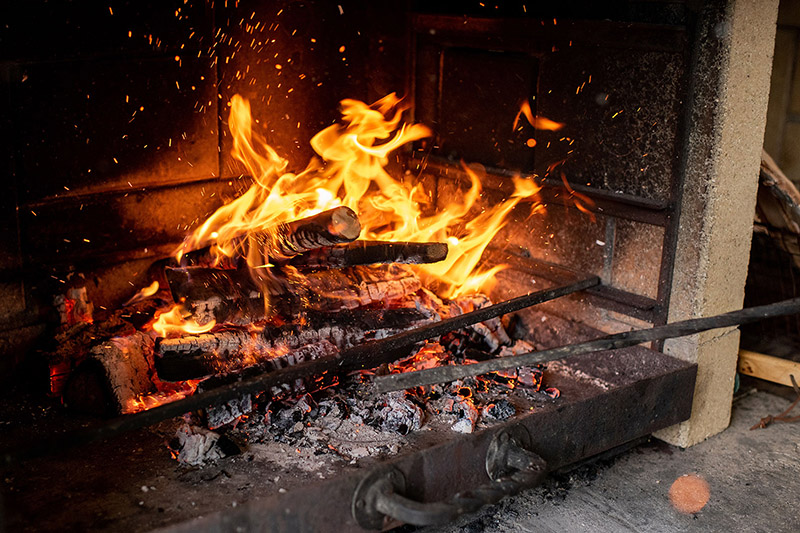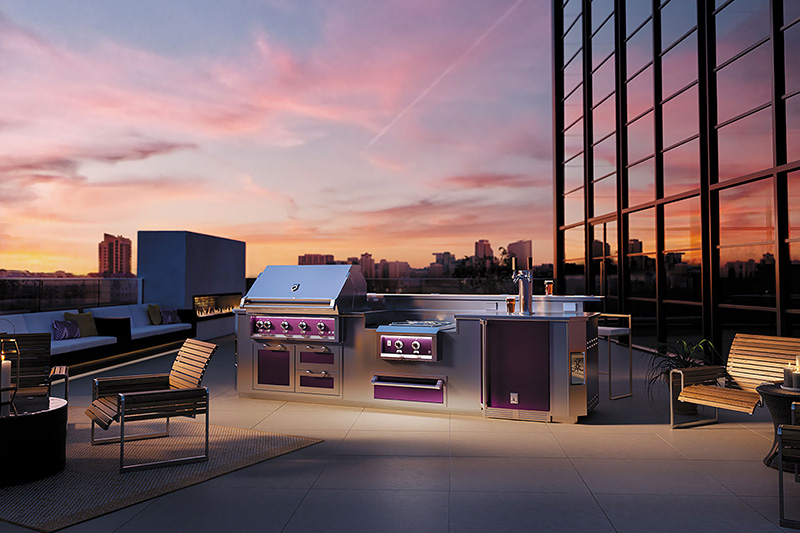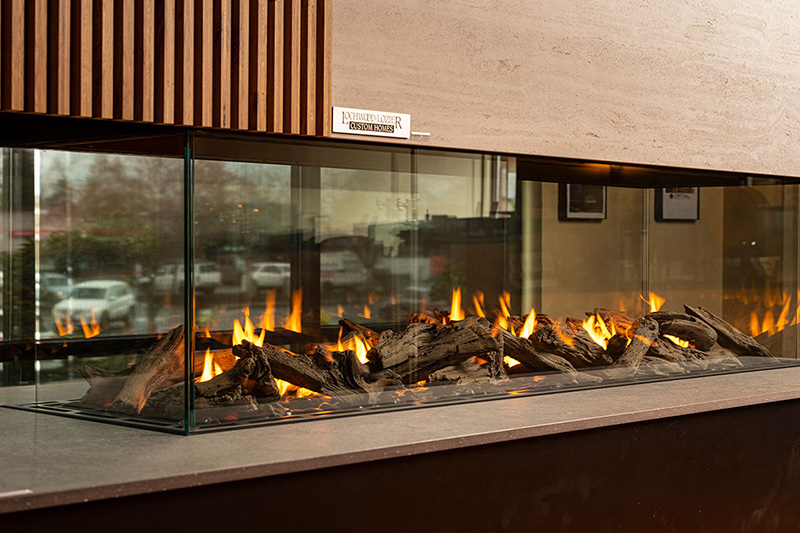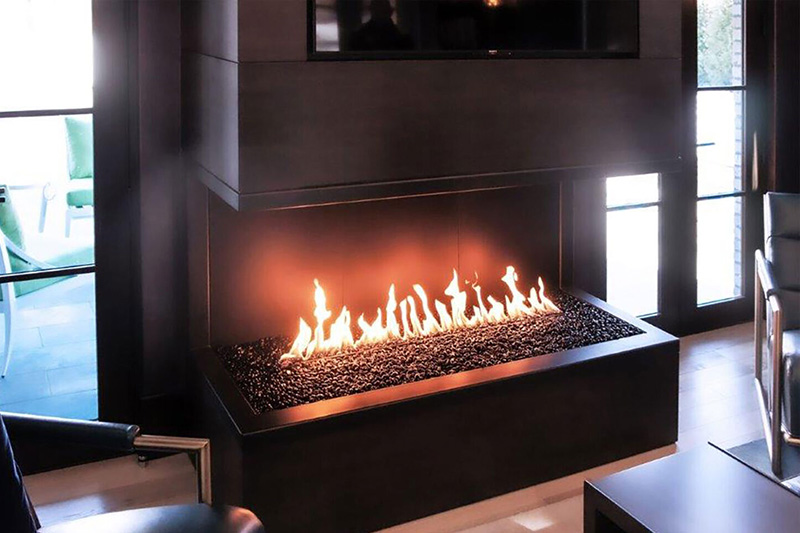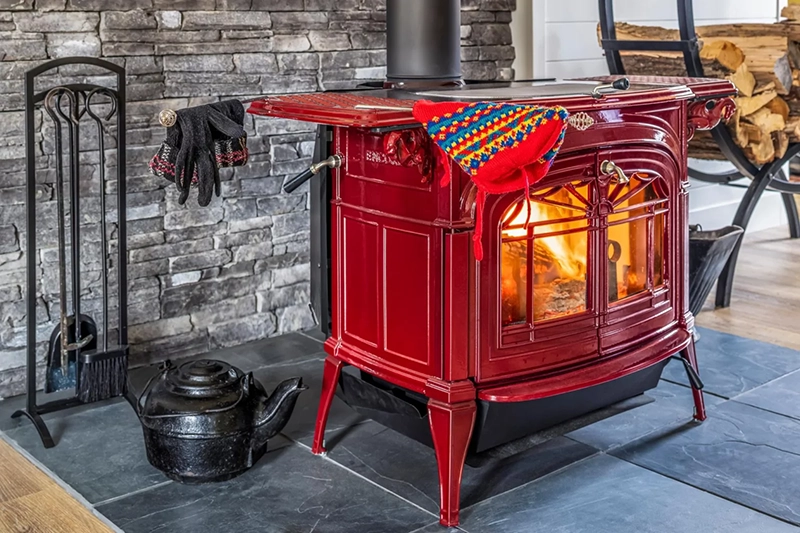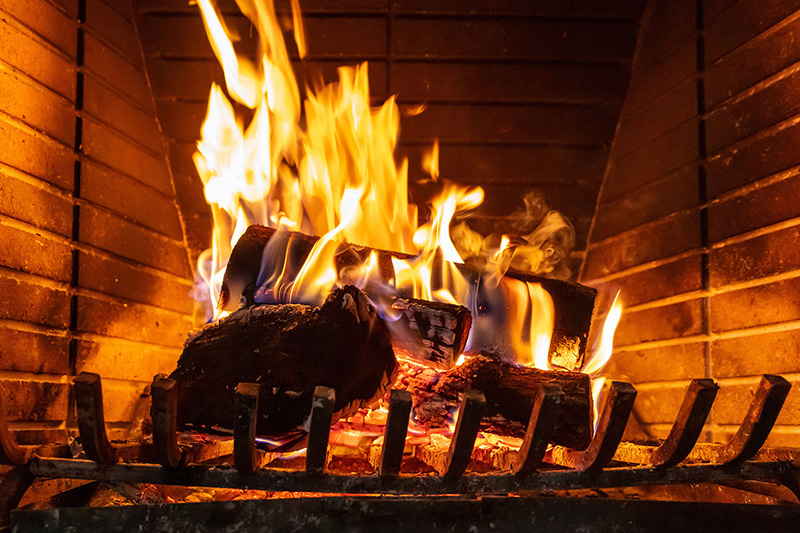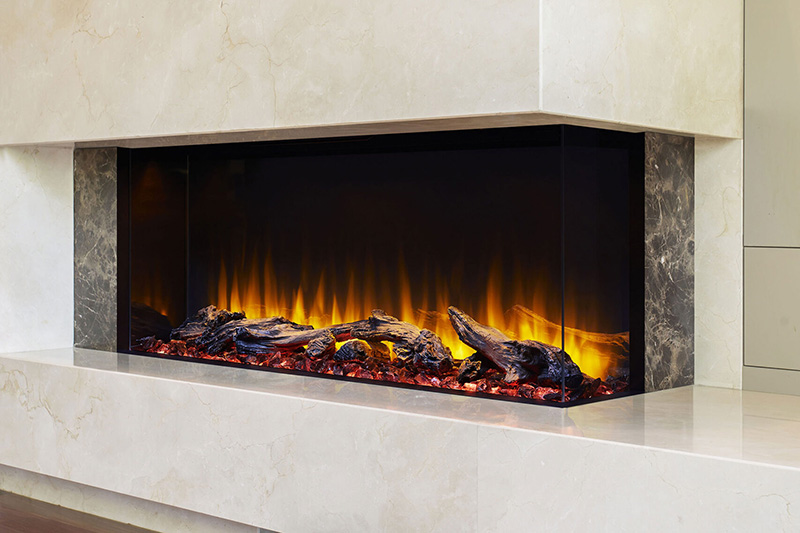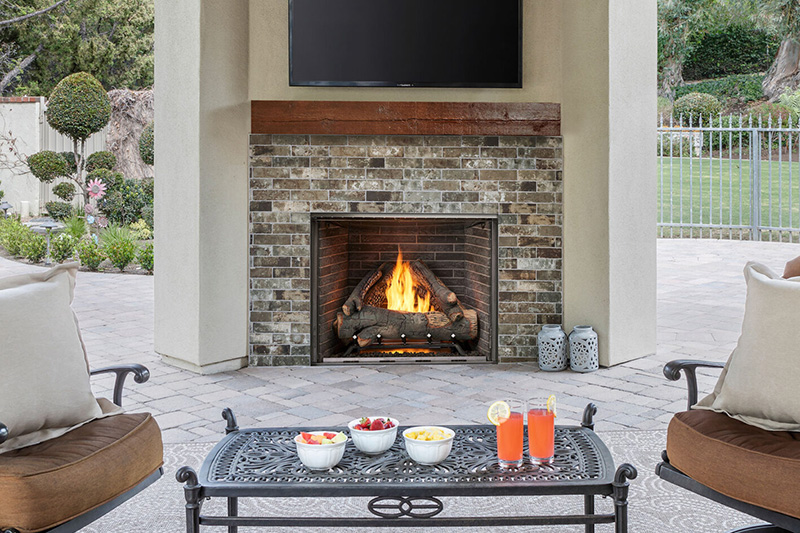Is There A Fire Ban In Washington State?
As residents of Washington State, staying informed about fire bans and regulations is essential to ensure safety and compliance with local laws. Here's an in-depth look at fire bans in Washington:
What Does a Fire Ban Include?
Fire bans in Washington State primarily target wood-burning activities, especially during periods of high fire danger. These bans aim to reduce the risk of wildfires and protect public safety and property.
During a fire ban, the following activities are typically restricted:
It's crucial to abide by these restrictions to prevent wildfires and avoid fines or penalties for non-compliance.
FAQs About Fire Bans in Washington
Additional Information:
The current ban primarily targets "natural gas" installations for new construction projects, particularly affecting new homes requiring a gas meter.
Existing outdoor fire pits and barbecue setups for homes with gas meters are generally allowed during fire bans.
The ban may impact the installation of new natural gas meters but does not necessarily prohibit the use of gas appliances already in place.
It's important to stay informed about local regulations and any updates regarding fire bans in your area. Consult local authorities or contact Fireside Home Solutions for guidance on fire bans and compliance with regulations in Washington State. Remember, prioritizing safety and compliance is essential to protect yourself, your property, and the environment.
Explore Outdoor Fireplace and Grill Options with Fireside Home Solutions
Looking to enhance your outdoor living space with a stylish and functional fireplace or grill? Look no further than Fireside Home Solutions! Our selection of outdoor fireplaces and living grills offers the perfect solution for creating a cozy and inviting atmosphere in your backyard or patio.
Whether you're interested in a gas fire pit, outdoor fireplace, or premium grill, Fireside Home Solutions has you covered. With a wide range of designs and features to choose from, you're sure to find the perfect addition to your outdoor entertainment area.
Additionally, if you're curious about the regulations surrounding gas fire pits in Washington, check out our page about whether gas fire pits are allowed in Washington state or valuable insights and information.
Looking to explore our outdoor fireplace and grill options in person? Visit our Washington Showrooms located in Bellevue, Auburn, and Tacoma. Our friendly staff will be happy to assist you in finding the perfect addition to your outdoor living space. Transform your outdoor space into a haven for relaxation and entertainment with Fireside Home Solutions today!
